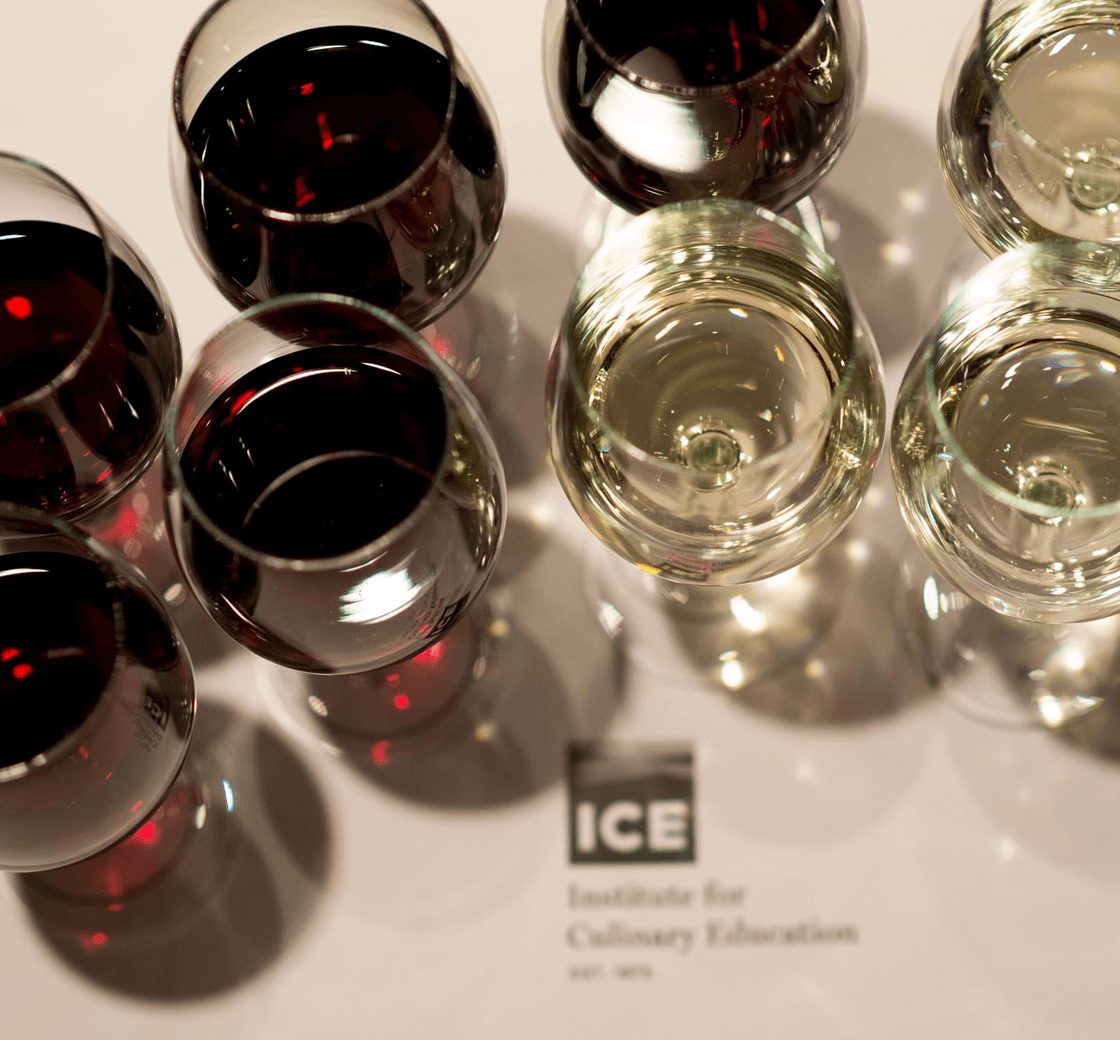
The Loire is France’s longest river, and also home to a large and varied wine making region. Crisp sparklers, mineral-driven whites, refreshing rosés and fruity reds, with choices from dry to sweet; this northern region seems to have it all! This tasting, led by Richard Vayda, ICE's resident sommelier, reviews some of the classic and essential wines of this ancient winemaking region. Discussions will include French wine regulations and labeling, as well as a taste of some regional cheeses, tastily illustrating the culinary adage: "What grows together, goes together"! The class will sample at least nine wines.

You will work in teams to execute the class menu. At the end of class, participants gather to enjoy the food they have prepared. Wine is served with meals in most classes. All class menus are subject to change. While a snack platter is offered in both morning and evening classes, you may want to consider a light snack before joining us for class. Students are encouraged to bring a light lunch or dinner to all pastry classes.

You will work in teams to execute the class menu. At the end of class, participants gather to enjoy the food they have prepared. Wine is served with meals in most classes. All class menus are subject to change. While a snack platter is offered in both morning and evening classes, you may want to consider a light snack before joining us for class. Students are encouraged to bring a light lunch or dinner to all pastry classes.
The flavorful cuisine of Cuba reflects the country’s Spanish, African and Caribbean influences. From cooling ceviche to hearty ropa vieja, these influences manifest themselves in an array of seafood and meat preparations, not to mention unforgettable side dishes that will make you wonder why you didn't cook Cuban sooner. You will make ropa vieja (shredded flank steak in tomato sauce); pescado enchilado (sea bass in sofrito); frijoles negros (black beans Cuban-style); rice and tostones (savory fried plantains).
Get ready to unleash your sweet tooth in this fun hands-on class dedicated to all things marshmallow! Whether you're a marshmallow aficionado or just looking to learn how to elevate your snack game, this class has something for everyone. In this session, you'll master the art of homemade marshmallows and honey graham crackers. You'll have the chance to choose your marshmallows from three mouth-watering flavors: vanilla bean, espresso, or fresh cinnamon! To take things to the next level, we'll show you how to make chocolate-covered marshmallow cookies, a sweet treat that's sure to impress your friends and family. And of course, no marshmallow adventure would be complete without the ultimate s'mores, where you'll combine everything you've learned into the classic campfire favorite with a gourmet twist.
Unlock more Thai culinary secrets in "Essentials of Thai Cooking II.” This hands-on class builds on fundamental techniques, guiding you through authentic dishes and dispensing lessons in more rigorous skills. Master the refreshingly crunchy Green Papaya Salad, then temper the hot and sour notes of Tom Yum with Shrimp. Learn to stir-fry savory Pad See Ew with Chicken and layer flavor in Green Curry with potato and eggplant. Finally, discover the secret to perfectly fluffed Coconut Jasmine Rice. Expand your Thai cooking repertoire and impress your friends with these delicious, restaurant-quality creations!
Working in teams of two, each student will finish and take home two of the following cakes: vanilla mocha latte with mocha ganache and espresso buttercream; triple chocolate cake with dark chocolate cake, white chocolate ganache, chocolate frosting; chocolate chip cookie dough with edible cookie dough filling and vanilla buttercream; Ferrero Rocher cake with praline ganache and feuilletine crunch and chocolate ganache frosting.
Ranked as America’s Best Culinary School (USAToday 2019), our roster of Chef-Instructors have run top kitchens around the globe.
| (Separate multiple addresses with commas like: john@aol.com, jane@aol.com) | |